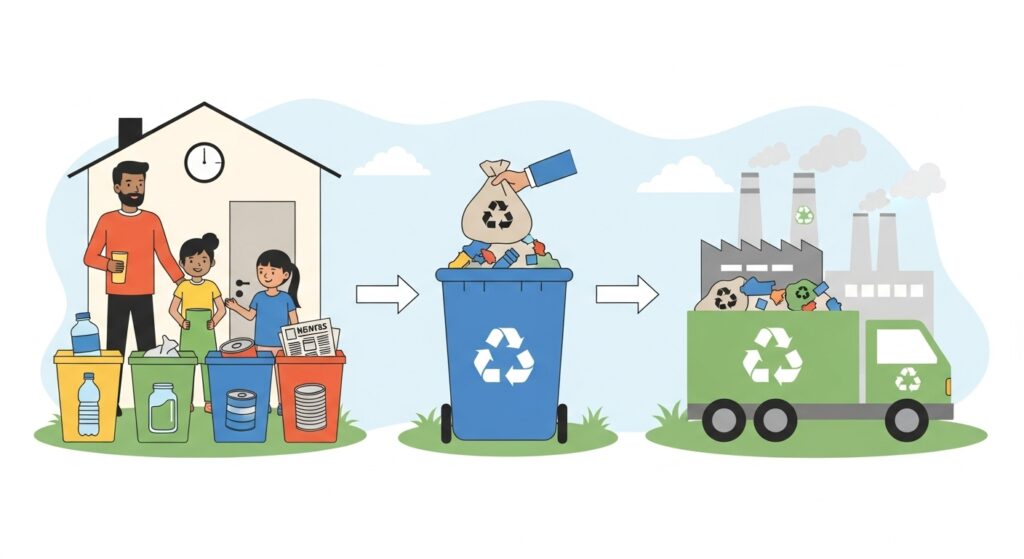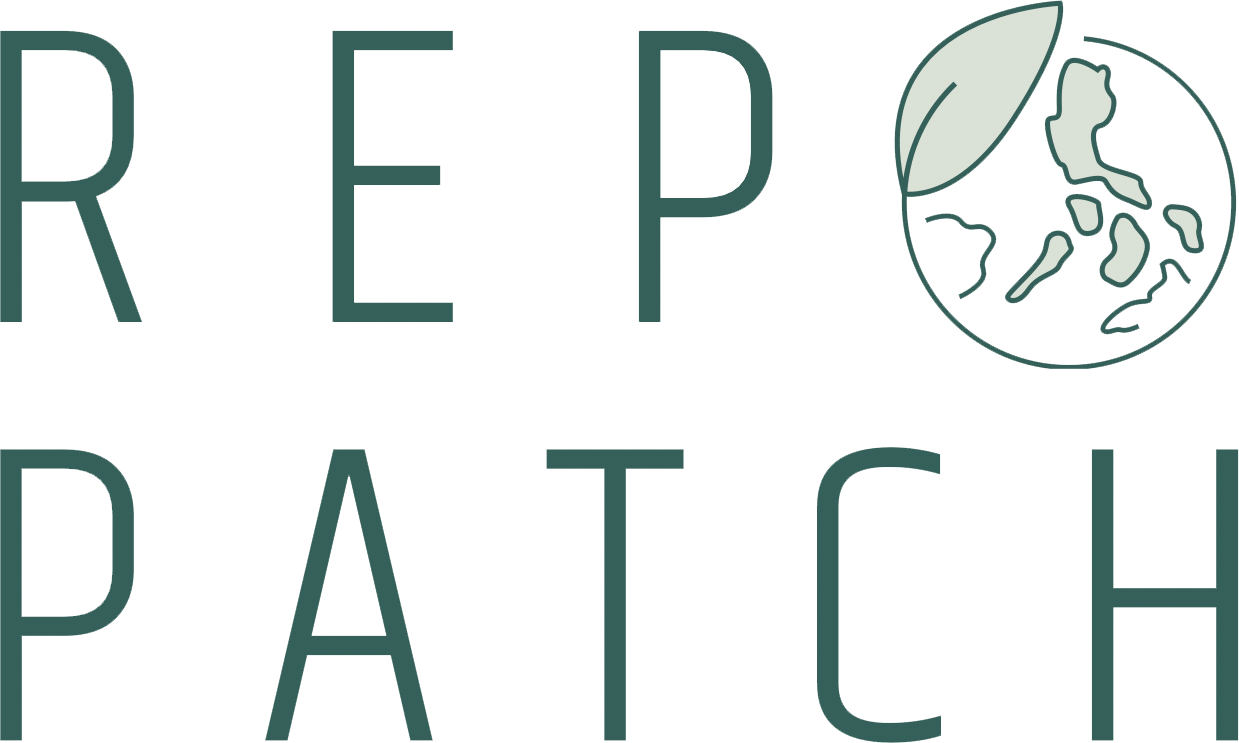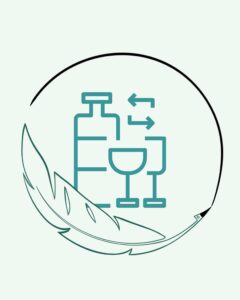The invisible cost of recycling, we’ll discuss the harms rather than the benefits of recycling, one of the most widely embraced environmental solutions in the modern world. When we put a plastic bottle in the correct bin, our conscience is clear, and when we recycle a cardboard box, we feel we’re contributing to future generations—and in some way, we do. However, a look behind the scenes reveals a different picture that many people don’t realize. Every bottle, every box, every piece of paper generates invisible extra costs as it embarks on its recycling journey.
In this article, we’ll examine the journey of recyclable waste, the burden of energy, water, labor, and machinery consumed in these processes, the carbon emissions, and the economic costs. We’ll then demonstrate that recycling isn’t a standalone solution, but its benefits can be enhanced with the right strategies. In the final section, we’ll explore the importance of upcycling, community power, and collective awareness for an alternative future.
The Journey of Waste
The majority of the waste we generate at home consists of recyclable materials such as plastic, glass, metal, and paper. However, the recycling process for these materials is not as simple as we think.
Consider a plastic bottle. What we separate at home and then put in a recycling bin enters the collection system of the municipality or a private company. It is then transported to a sorting facility. There, it is first sorted and checked for contamination. It is then melted at high temperatures, granulated, and processed for reuse in producing another product.
A similar process is used for glass bottles; broken, melted, and turned back into glass products. Aluminum cans are melted and repurposed into new cans or other products. Paper waste is separated into fibers and pulped, which are then used to produce new paper or cardboard.
Each step consumes electricity, machines operate, workers are employed, and trucks travel. This entire chain constitutes the invisible cost of recycling.

The Invisible Cost of Recycling: Energy and Carbon Cost
When we talk about the hidden costs of recycling, the first thing that comes to mind is the energy cost of the processes. In plastic recycling, energy accounts for approximately one-third of the total cost.* PET bottles are melted after being washed and shredded, and these processes require high temperatures. Even with mechanical recycling, the energy consumption for each kilogram of plastic can reach 2–3 kWh.
From a carbon emission perspective, recycling is certainly more advantageous than new production. For example, aluminum recycling requires five times less energy than raw production.* However, “savings” doesn’t mean no cost. Every truck kilometer driven, every machine run, releases carbon into the atmosphere.
The situation is more complex with plastics. Material quality decreases in mechanical recycling processes, so raw plastic is sometimes added for remanufacturing, disrupting the chain’s carbon balance. While chemical recycling technologies (breaking down plastic at the molecular level) can produce cleaner products, they are still quite energy-intensive and expensive today.
Ultimately, recycling partially reduces carbon emissions because it uses waste as a raw material, but it doesn’t eliminate the hidden cost.
The Invisible Cost of Recycling: Water Consumption and Environmental Pressures
After energy use, water consumption is the most critical element in the invisible cost of recycling.
Paper recycling, in particular, is water-dependent. Waste paper is dissolved in water to separate its fibers, cleaned, and reshaped. The amount of water used in this process may be halved compared to original production, but thousands of liters of water are still consumed for each ton of paper.
A similar situation exists with plastics. Contaminated PET bottles cannot be recycled without being washed. The water used in this washing process combines with detergents and chemicals to become wastewater. Treating wastewater also requires energy and additional costs.
In a country like Turkey, which is expected to face serious water stress by 2030, water consumption in recycling processes is a critical point. As we recycle our waste, we unknowingly consume more and more of our most valuable resource every day.
The Invisible Cost of Recycling: Logistics, Labor, and Other Invisible Costs
Collecting waste from recycling bins, transporting it by truck, transporting it to sorting facilities, and then distributing it to factories for remanufacturing requires a substantial logistics chain. Each step in this chain consumes fossil fuels and generates carbon emissions.
While waste collection systems have been optimized in many European countries, Turkey still faces high contamination rates, mixed waste collection, and long-distance transportation challenges.* This increases logistics costs and increases the carbon footprint.
On the labor front, the labor of those working in sorting facilities should not be overlooked. Removing labels from plastics and separating different types is often done manually. This brings with it occupational safety, health risks, and social costs.
Depreciation of machinery, maintenance of facilities, and the operation of electrical infrastructure also contribute to the invisible costs of recycling.
The Status of Recycling in Turkey
While recycling rates in the European Union are approaching 50%, this rate remains low in Turkey. While there have been some improvements in paper and metal, plastic recycling rates are quite limited.
The “Zero Waste” project has recycled millions of tons of waste since 2017, saving billions of liters of water and energy. However, the realities on the ground remain complex: contaminated waste rates are high, awareness of separation is low, and infrastructure is severely inadequate in some regions.
For example, only a small portion of PET waste is recycled. According to 2030 projections, the economic value of unrecycled PET could reach $373 million.* This demonstrates the true potential for recycling.
Deriving Visible Benefits from Invisible Costs
Despite all these invisible costs, the benefits of recycling are too great to be underestimated.
One ton of recycled paper saves 17 trees from being cut down. Aluminum recycling requires five times less energy than raw production. Even plastic recycling can reduce carbon emissions by 30–70% compared to virgin production.
The problem is that recycling is presented as a standalone solution. While recycling is an important step, it is not sufficient on its own. However, when supported by approaches like reduction, reuse, and upcycling, it can have a real impact.
An Alternative Future is Possible Together: Upcycling and Community Power
This is where upcycling, an alternative approach, comes to the fore. Rather than repurposing waste into the same product, upcycling gives it a new function. Examples of upcycling include turning old jeans into a painting, incorporating glass into mosaic art, and transforming electronic waste into designer objects. Unlike recycling, upcycling consumes significantly less energy and water, encourages creativity, and, because it relies on labor, brings communities together.
Upcycling is not only an environmental movement but also a social one. People working together in workshops don’t just create new products; they also share, produce together, and develop a shared vision for the future. This is the true value of community power.
Confronting the invisible cost of recycling offers us a new perspective. Recycling isn’t a miracle in itself; it has energy, water, labor, logistics, and environmental costs. However, this reality doesn’t require us to abandon recycling; it requires us to manage it more consciously, efficiently, and transparently.
The world of the future will be made possible not only by recycling, but also by upcycling, a circular economy, and the collective action of communities. Together, an alternative future is possible.







